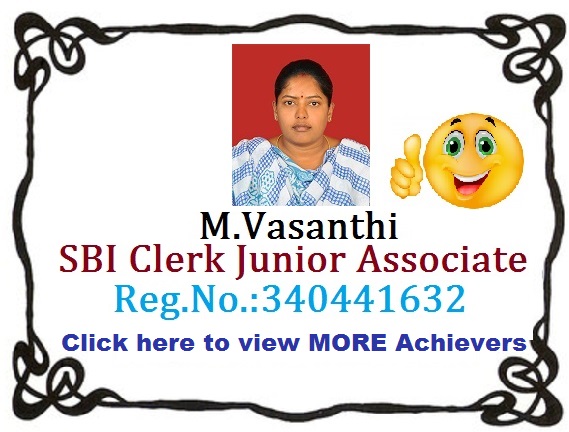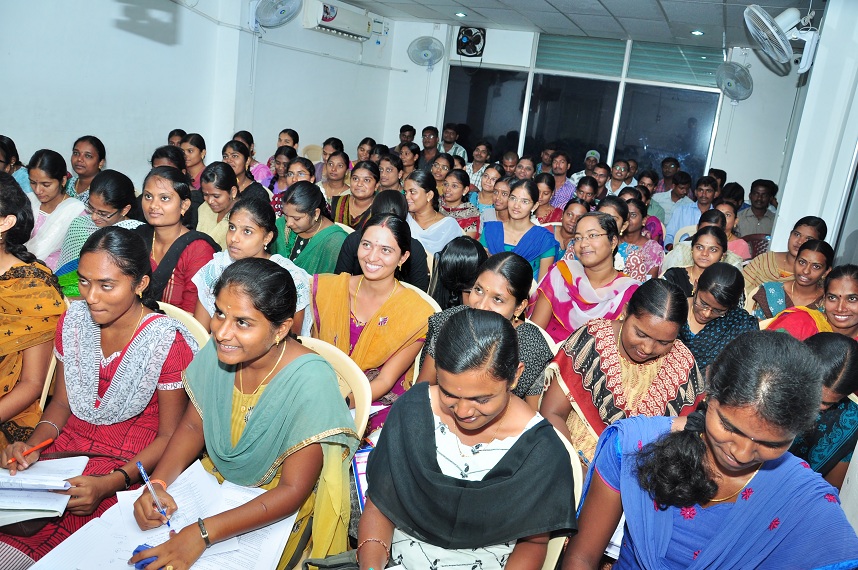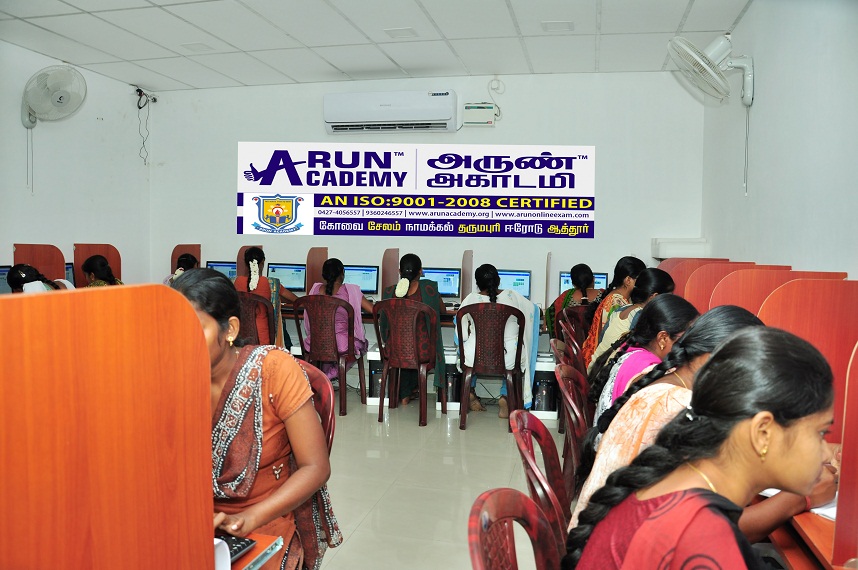- Remaining Timing :-
(1). Ali Ai Ligang is the dance of which state_________
- (a). Andhra Pradesh
- (b). Karnataka
- (c). Jammu & Kashmir
- (d). Assam
- (e). None of these
Explanation:
Ali Ai Ligang is a festival of Mishing community of Assam. In this festival they perform this dance for making an offering to their deities. This dance can be seen in the north eastern part of Assam
(2). Kajari is the dance of which state_________
- (a). Jammu & Kashmir
- (b). Assam
- (c). Bihar
- (d). Karnataka
- (e). None of these
Explanation:
Kajari is a song of rainy season. The popular melodious tune of Kajari songs produce a sweet sensation in body and it is heard from the very beginning of the Shravan month with the rhythmatic note of rain. The eves of village begin dancing like peacock with the song of "Bhijat awe Dhaniya Ho Rama ..."
(3). Jhijhian is the dance of which state_________
- (a). Rajasthan
- (b). Andhra Pradesh
- (c). Jammu & Kashmir
- (d). Bihar
- (e). None of these
Explanation:
When there is a total drought and there is not even a single drop of water anywhere; the lands are cracked and parched, the sky is lifeless without clouds and the people are awaiting rains - this is the time when the village women pray to Lord Indra for rain. They sing and dance to please the Lord of Rain with their deep devotion. Finally Lord Indra responds their worship and takes pain to pour heavy rainfall. This is the message of the most eminent folk dance of Bihar. There is an inherent melody in the words " Haali-Huli Barshun Inder Deveta " -- when it is sung with conviction and devotion to the God.
(4). Panthi is the dance of which state_________
- (a). Chhattisgarh
- (b). Sikkim
- (c). Jammu & Kashmir
- (d). Telangana
- (e). None of these
Explanation:
Panthi is a folk dance of the Satnami community of Chhattisgarh and bears religious overtones. Performed on Maghi Purnima - the birth anniversary of their guru, Ghasidas, the dance is evolving still to include a variety of steps and patterns. The dancers dance around a jaitkhamb set up for the occasion, to the songs eulogising their spiritual head. The songs also reflect the Nirvana philosophy, conveying the spirit of renunciation of their Guru and the teachings of saint poets like Kabir, Ramdas, Dadu, etc. Dancers with bent torsos and swinging arms continue to dance till carried away by their devotion. As the rhythm quickens, they indulge in acrobatics and even form human pyramids.
(5). Raut Nacha is the dance of which state_________
- (a). Karnataka
- (b). Andhra Pradesh
- (c). Jammu & Kashmir
- (d). Chattisgarh
- (e). None of these
Explanation:
Raut Nacha is a traditional folk dance usually done by Yadavs (a caste which considers itself as descendants of Krishna) as symbol of worship to Krishna. Done at the time of 'Dev Udhni Ekadashi' (time of awakening of Gods after brief rest) according to Hindu panchang (calendar). The dance is a close resemblance of Krishna's Raas leela (dance of lord with his village's girls called gopis) with gopis
(6). Raas is the dance of which state_________
- (a). Gujarat
- (b). Assam
- (c). Andhra Pradesh
- (d). Karnataka
- (e). None of these
Explanation:
Dandiya Raas is an energetic, vibrant dance originating in the state of Gujarat. Often called the "stick dance" because it uses polished sticks or dandiya, it represents a mock-fight between Durga and Mahishasura, the mighty demon-king. It is nicknamed "The Sword Dance" because the dandiya represent the sword of Durga and are hit together. The combination of garba and raas has become very popular at the collegiate level in the United States. Garba-Raas competitions are increasing in number. Popular ones include Dandia Dhamaka, Raas Chaos, Garba With Attitude, Dandia on Fire and Maryland Masti among others
(7). Tippani is the dance of which state_________
- (a). Rajasthan
- (b). Gujarat
- (c). Jammu & Kashmir
- (d). Karnataka
- (e). None of these
Explanation:
The Tippani folk dance is a dance of such a variety in which women labourers engaged in construction work, strike the floor with long sticks called Tippani. They have a rhythmic music. The Tippani Dance originated from the Chorwad region of Saurashtra. Labourer women take a wooden rod, sometimes tipped with iron at one end, to beat the floor
(8). Padhar is the dance of which state_________
- (a). Jammu & Kashmir
- (b). Assam
- (c). Gujarat
- (d). Karnataka
- (e). None of these
Explanation:
The Padhar dance is a folk dance of Gujarat, India. It is performed by Padhar, a fishermen community living along banks Nal Sarovar of Bhal region. The dancer holds small sticks in his hands while dancing. They enact rowing of boats while dancing. They sing songs associated with water.
(9). Garba is the dance of which state_________
- (a). Assam
- (b). Gujarat
- (c). Andhra Pradesh
- (d). Rajasthan
- (e). None of these
Explanation:
Garba is customarily performed by women, the dance involves circular patterns of movement and rhythmic clapping. It popularly performed during Navratri. The word comes from "garbha deep" which is translated as either light in the inner sanctum of the temple or lamp inside a perforated earthen pot (which is often used in the dance)
(10). Phag is the dance of which state_________
- (a). Jammu & Kashmir
- (b). Rajasthan
- (c). Haryana
- (d). Assam
- (e). None of these
Explanation:
This is a seasonal dance ,through which agricultural people express their joy and vigour. During the month of February -March ,they have a little leisure between sowing and harvesting. The crops are growing well, the spring is on and the rural folk express themselves through song and dance. In this dance men and women group together. The rhythm takes them on to emotional expression through their hands, eyes, and feet. The dance involves a variety of movement ,requiring sound co-ordination. Women wear traditional costumes in different colours. Men similarly display different colours in their turbans. They sing in the ancient Daamal style, a combination of dance and song, the origin of which dates to the hoary past, it is a mixed dance but some times it is performed by men only. The songs are different in each case.







